commentary Commentary
Commentary: China’s chief conundrum - how to look after the world’s fastest ageing population
Without a baby boom, China is heading towards an economic stall, says China commentator Tom McGregor. Still, automation may be a solution.
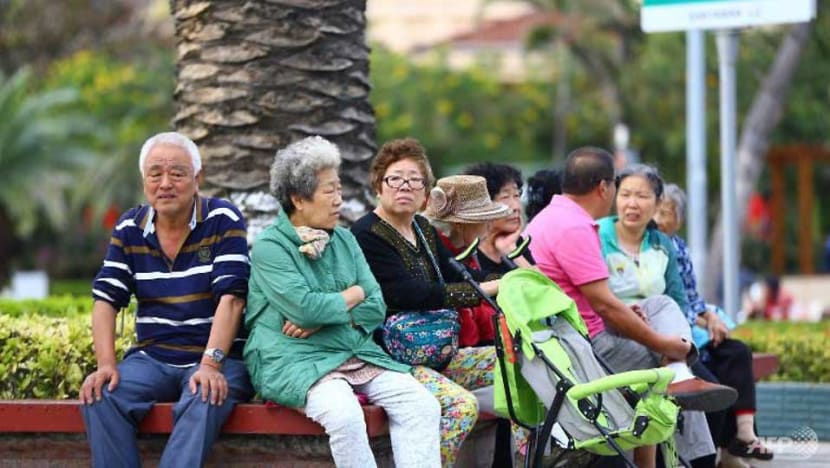
Elderly people rest along the beach in Sanya, Hainan province, China. (Photo: STR/AFP Photo)
BEIJING: “If I had known things would turn out like this, I would have risked anything – even a prison term to have another child,” said Liu Meilian, a 52-year-old widow who lost her only child in a car crash six years ago.
Imagine being in her shoes. Imagine finding yourself in a ghost town. Most of your neighbours and family members have left the village for the cities years ago.
The loneliness can be overwhelming. Even if social workers visit you, they have to help so many others who live in similar circumstances in the surrounding country-side.
READ: The involuntary loneliness of being a man in China, a commentary
An average widow lives 15 years after her husband passes on in China, according to China’s 2010 census data. And supporting herself often requires some form of manual labour that gets harder to take up with age.
EFFECTS OF A NOTORIOUS POPULATION CONTROL
China’s economy has enjoyed remarkable growth in the past four decades ever since the late Chinese leader Deng Xiaoping launched reforms opening up the country in 1979. Many Chinese still hail Deng as the grand architect who steered the nation to economic greatness.
But Deng had also introduced a disastrous one-child policy, which was seen as central to the Communist Party’s promise of prosperity and the lifting of millions out of poverty. It was strictly enforced under the belief that the Chinese population was rising too quickly and could overwhelm the domestic agriculture sector’s ability to feed the country for the decades to come.
This notwithstanding, the harsh policy was, however, recognised to be necessary after Mao Zedong’s strong encouragement of large families and outlawing of abortion drove an explosion of the population from about 500 million in 1949 to almost a billion three decades later.
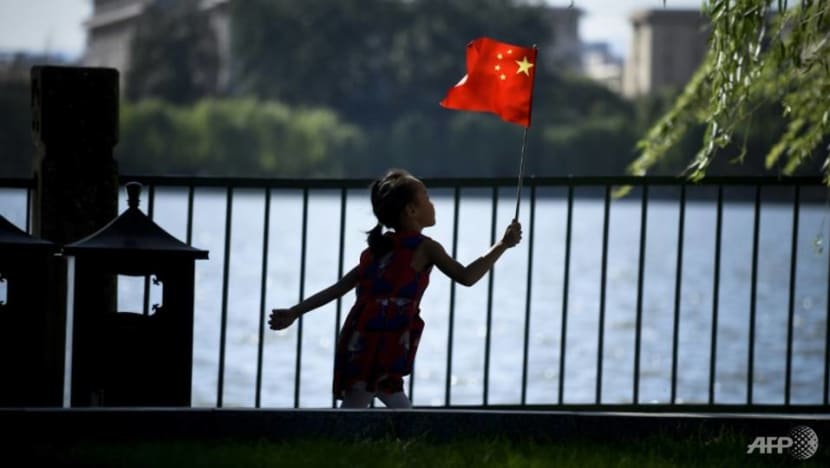
Many Chinese government officials had studied and majored in engineering and science subjects at their universities, including rocket scientist Song Jian widely recognised to be the brain behind the one-child policy, and viewed population-control measures from the mindset of pure pragmatism.
THE STAGGERING EFFECTS OF THE SILVER TSUNAMI
The problem is as much an emotional one as it is a macroeconomic puzzle.
As China reaped the demographic dividend of a population bulge entering the workforce to fuel its labour-intensive manufacturing sector and assumed a globally advantageous position as the world’s factory, its economy soared and standards of living rose. But a leaner economy will have to look very different.
The country is already beginning to feel the staggering effects of lower birth rates in the country with an ageing population and shrinking workforce.
Five working adults were contributing to the social security system for every one elderly withdrawing from it in 1993 but that figure will shrink to 1.3 by 2050.
The population is expected to peak at 1.44 billion in 2029 and shrink to 1.36 billion in 2050, according to the Chinese Academy of Social Sciences. In that same year, four in 10 Chinese will be over 60.
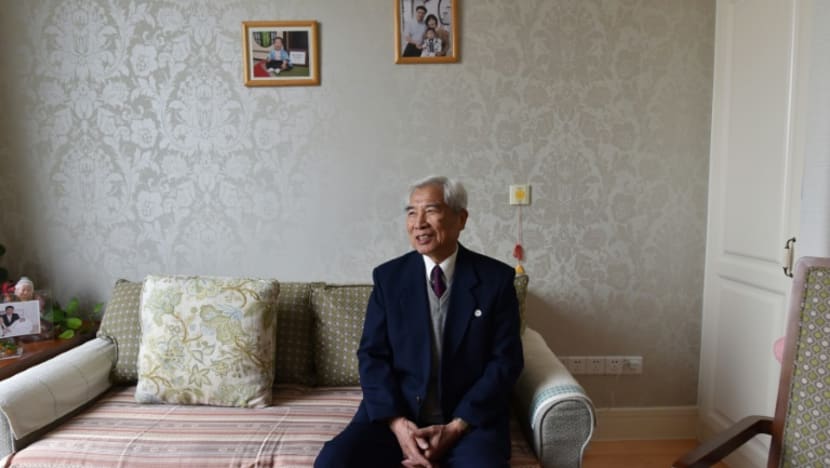
The costs of bringing up children are on the rise. Parents face numerous challenges. The pursuit of academic excellence has spawned soaring education costs. Chinese parents have concluded that if their child succeeds in their professional careers, they themselves can retire in greater comfort.
READ: This Asian obsession with Ivy League schools has got to stop, a commentary
China’s one-child policy has placed parents at a greater danger of living in isolation and ignored by families. Since parents were only permitted to raise one child, if the only child died young after they have passed childbearing age, they were doomed to an empty nest.
Without care from extended family, many have become wards of the state and live alone without much interaction. The isolation can be shocking and has led to increasing rates of suicides among the elderly, particularly in impoverished rural farm villages, where many younger residents have migrated to bigger towns in search of better opportunities.
The larger impact of a decades-long policy that discourages people from having children is the deleterious effects it has on the family structure and familial ties.
Registrations for marriage have declined annually since 2013 while divorce rates have gone up. A growing section of the Chinese middle class no longer see marriage as a path to lifetime security and prioritise their careers instead.

While China has been lauded for it’s visionary, long-term approach to planning and governance, it is unclear how officials intends to deal with its impending silver tsunami.
A demographic time bomb could be catastrophic to the domestic economy, its social services and create insurmountable public debt. The country is projected to spend 26 per cent of GDP on healthcare then, a shocking growth from today’s 7 per cent.
So the question is, how can fewer Chinese support more elderly in 30 years?
TIME FOR SOLUTIONS
On the one hand, there is scope for the country to boost its birthrates at this stage of development and arrest its ageing population.
China has not yet reached a point of no return. Subsidies to mothers, state-sponsored maternal and infant healthcare, lower tax rates could all help to nudge couples to have more children.
READ: Fewer golden years as fertility drops and life expectancy rises, a commentary
But it’s worth keeping in mind that developed nations like Japan and South Korea had not enjoyed as much success in encouraging young women to become mothers and birth rates have flat-lined despite such incentives.
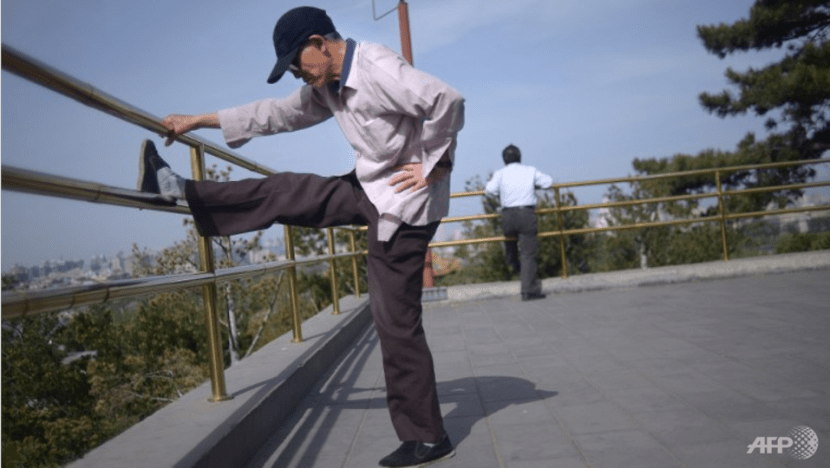
On the other hand, automation, machine learning and artificial intelligence will inevitably lead to a huge winnowing of jobs around the world and the country that thrives in such a global economy is one where the workforce may be lean but is highly adaptable and innovative.
In fact, there are signs that China sees this. It is positioning itself for this fourth industrial revolution, to harness new technology, encourage enterprise and invest in education. PWC predicts that 93 million jobs will move to China by 2037 because of this.
In this new economy undergoing massive change, a leaner workforce can also be a socio-economic advantage. A smaller workforce means China will have to deal with fewer displaced workers and lower levels of frustration and anger that usually accompanies disruption and automation.
The road ahead, filled with retraining and restructuring, will no doubt be painful and filled with upheaval.
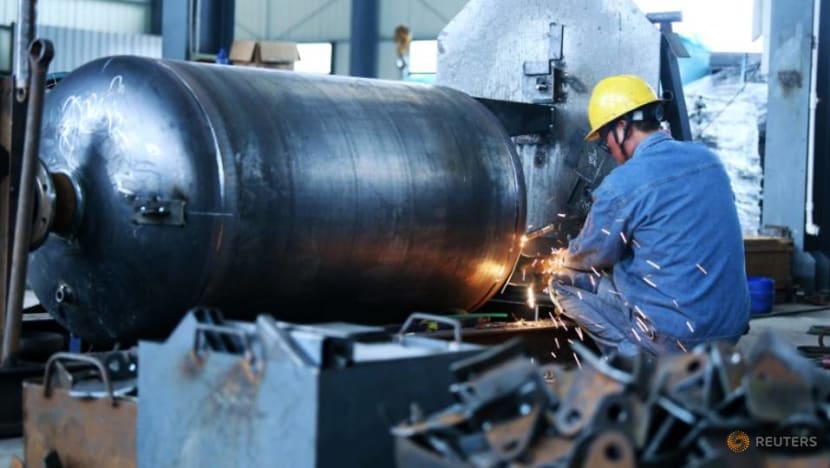
Yet efforts to shift its mammoth economy to high-tech and high-value add industries have produced globally competitive tech giants like Huawei, Tencent and Ant Financial, and given workers newfound pride and confidence in the Chinese economy.
READ: Huawei security concerns cannot be divorced from US-China relations, a commentary
READ: Huawei still the standard bearer for 5G, a commentary
If birth rates stay low, the days of robust and vibrant economic growth in China may soon vanish, never to return.
But if China can ride the fourth industrial revolution wave and incentivise the right kind of industries and growth, it just might be able to grow rich before it grows old.
Tom McGregor is a commentator on Asia-Pacific affairs based in Beijing.












